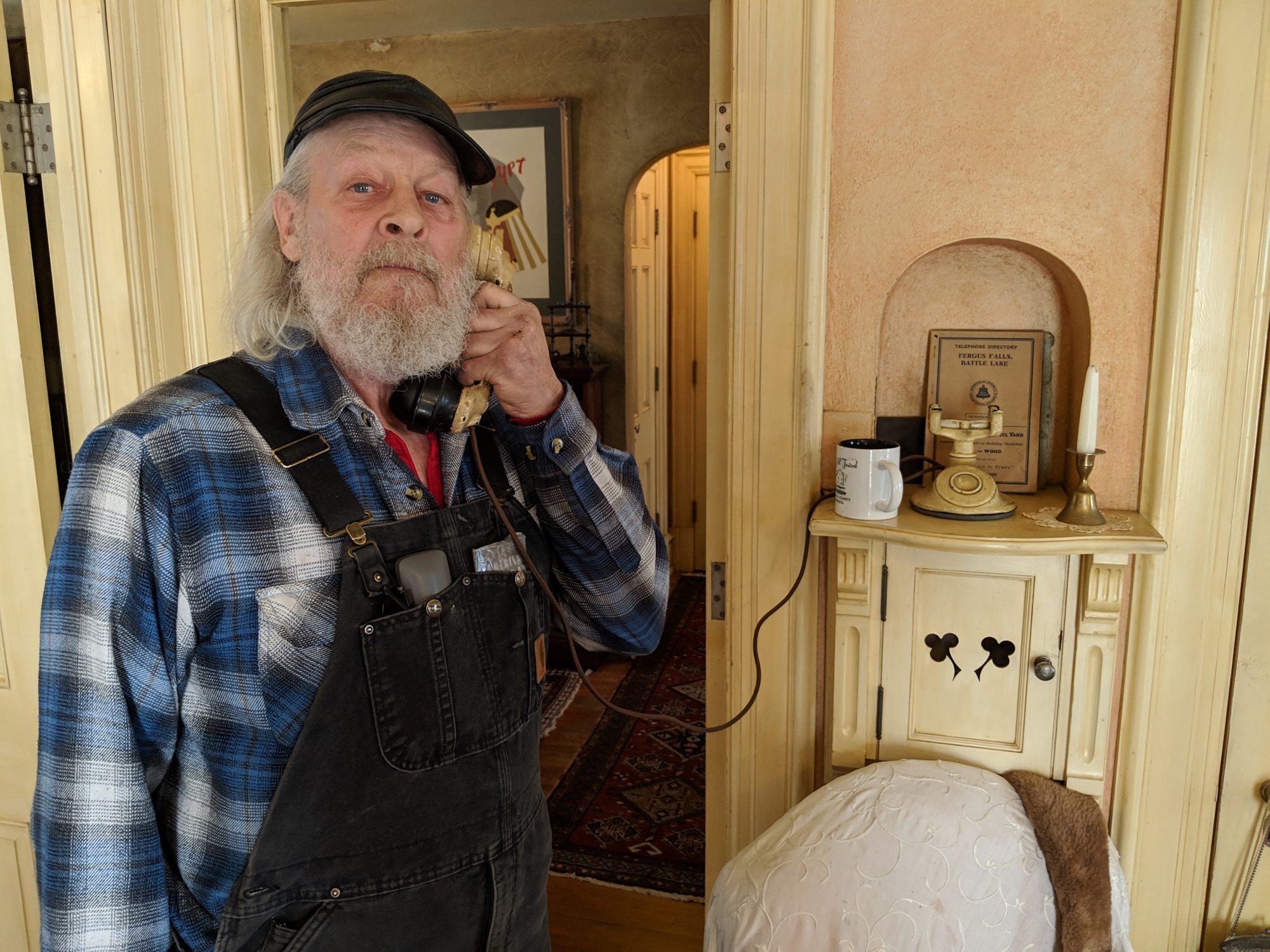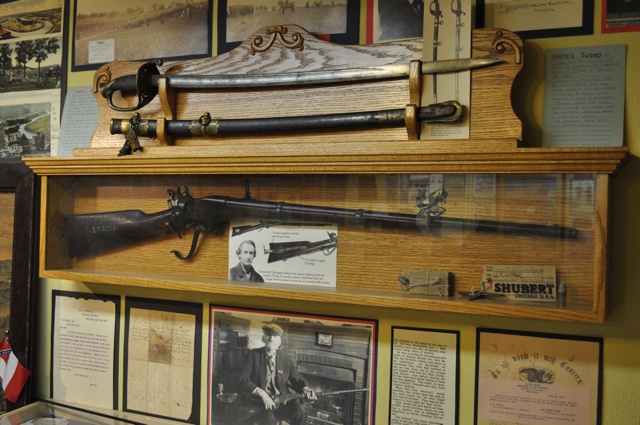
Jay Johnson, of Battle Lake, Minn., inherited a priceless home full of buried treasures that have consumed his later years and kept him where he says he’s been all his life: poor.
When his mother died in 2008, she left the house to her son. “She left it to me with a mortgage and no money,” he says.
She left him something else: a keen interest in history, and a desire to tell the family story by preserving her grandfather’s Old Prospect Inn.

Johnson knew his great grandfather — James Allison “Cap” Colehour — was a Civil War captain and that there were probably letters somewhere in the house — the first house in Battle Lake — burdened with the artifacts of a family in residence since 1882. So he started searching through 18 rooms of history while taking care of his ailing mother.
He found them. Thousands of them.
“He made sure that he did everything he could to document his Civil War story and when I found it, it was scattered all over the place,” Johnson said during a recent visit.
Johnson, who had moved from Amor, Minn., to take care of his mother, failing with dementia, became a professional unscatterer, piecing every one of thousands of items together with what it might have been used for and where it lived in the house.
That’s when the Prospect House Museum was born.

“If it wouldn’t have been for me, it wouldn’t have gotten saved,” he says. “It wouldn’t have been important to anyone but me. I put the relationship and the pieces of the puzzle together.”
Over more than 10 years, he’s put things back where they originally belonged in the house, which once was a hotel and resort at the dawn of Otter Tail County’s prominence as a tourist hot spot in the Upper Midwest, thanks largely to abundant lakes and a railroad that went through Battle Lake.
“Cap” Colehour, onetime Battle Lake mayor, and justice of the peace in town, built the original house in 1882, after moving from Chicago. But it was his three years in the Civil War as part of an elite regiment — Wilder’s Lightning Brigade, which fought the Battle of Chickamauga — that dominates the life of his great grandson.
The Civil War portion of the museum occupies only a single room in the basement, featuring Cap’s uniform with two bullet holes, one from being shot at Chickamauga, the bloodiest two-day battle of the war. Thirty-five thousand men died.

“Cap” kept so many letters that Melody Nelson, a museum archivist, is still transcribing them. Jay Johnson says he still tears up when he reads the dispatches from the war.
“I’ve always been interested in history although it’s not a good way to make a living,” he says.
And he’s right, of course. He had to donate the house and contents to a non-profit he set up to run it. He clearly wonders if the nearly 2,000 people who stop by each year — many area schoolchildren — will be enough to sustain his mission.

For his part, Johnson, a self-described “college educated tree guy,” is part-time historian, full-time entertainer when guiding his visitors, a fact made clear immediately when he points out a picture in the inn’s parlor.
“I shot a rattlesnake on top of that mountain in Montana,” he says with a conviction that indicates he just might have. “I made a sling out of it for my rifle.”

If Jay Johnson’s stories seem larger than life, he inherited the trait from Cap.
“He was an uncommon, common man. He was one of us,” Johnson says. “He didn’t inherit a whole bunch of money and he was a very modest Christian kind of person in the Civil War. After that, it enabled him to survive anything. He was the most beloved person in town.”
Cap’s inn closed in 1924 when he retired.
He died poor, Johnson says.
“He let a lot of people stay here for free.”
Also in this series: A Minnesota museum built on sandpaper is a testament to grit
A museum for people who really relish mustard
Crookston man’s farming museum celebrates the beauty in the beet
